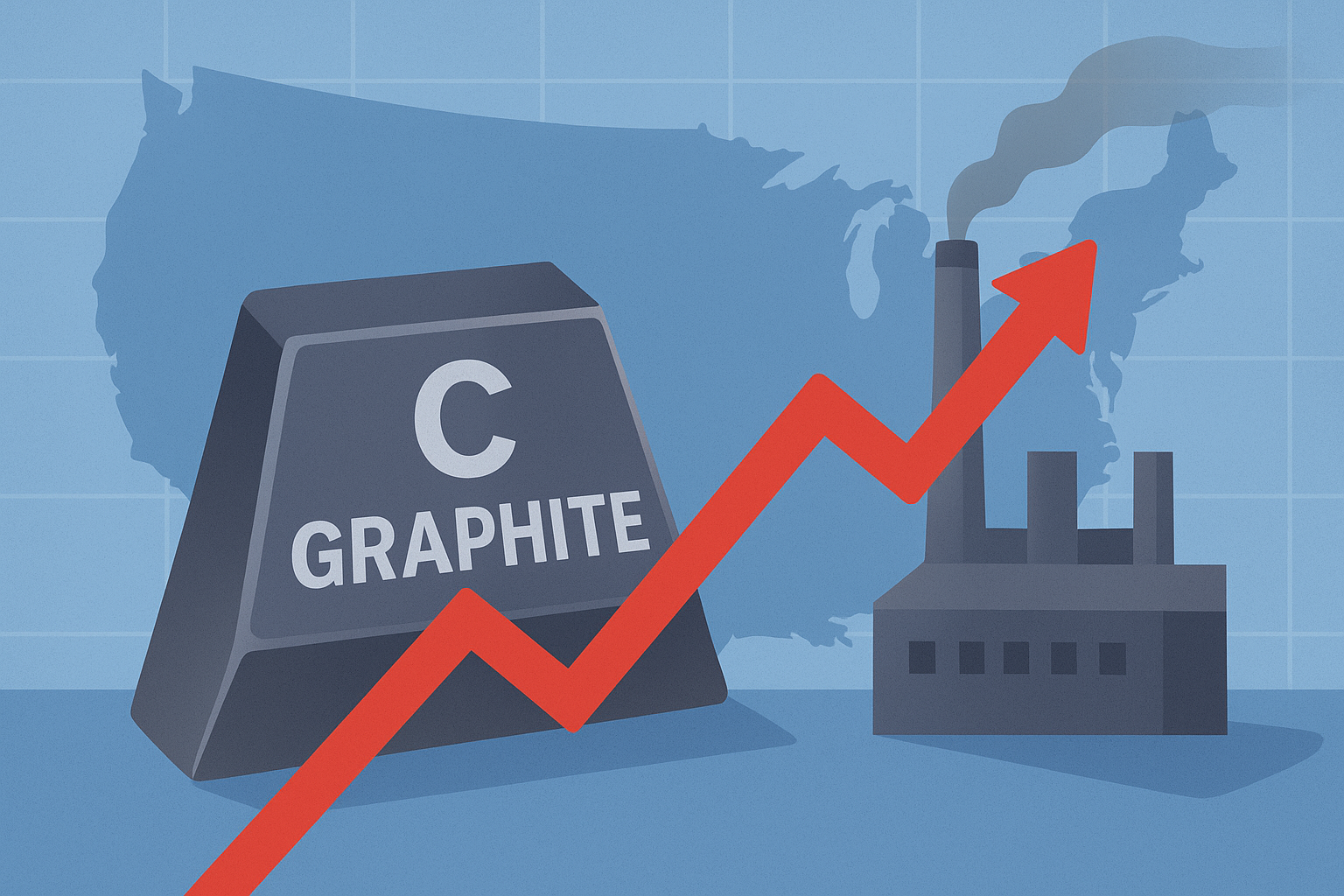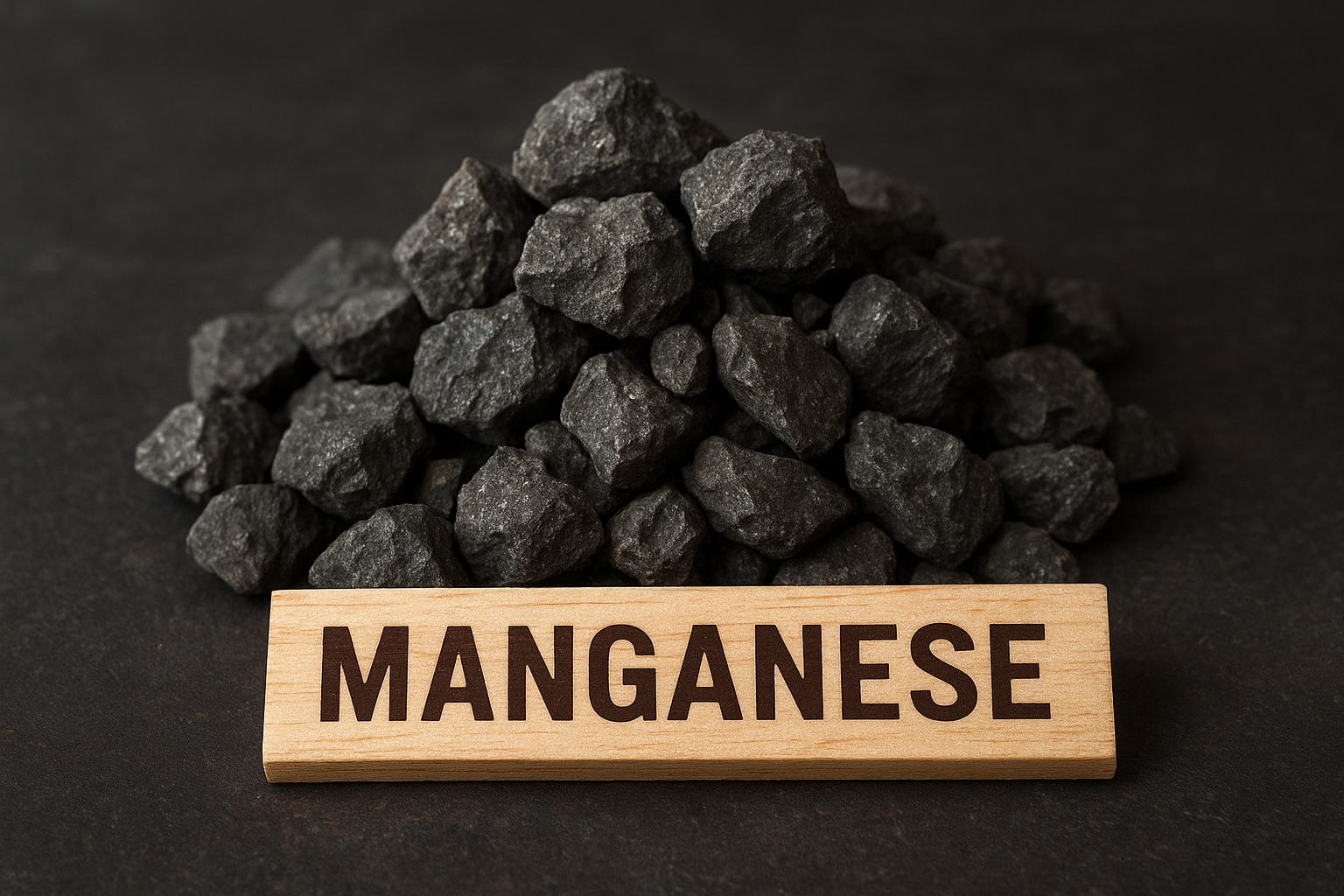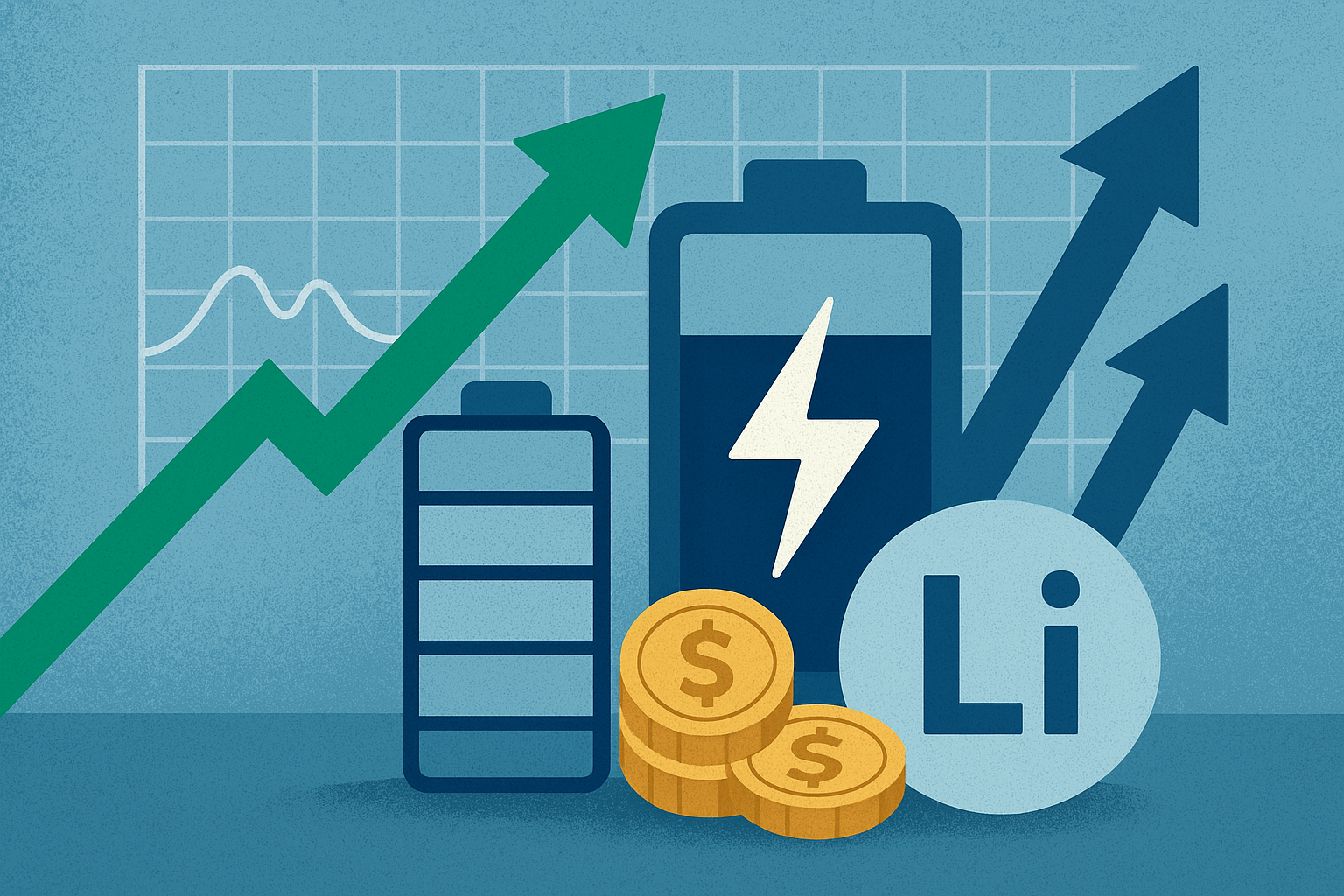As the global race for critical minerals intensifies, Titan Mining Corp. (TSX: TI) is positioning itself at the forefront of North America’s graphite resurgence. Best known for its zinc operations, the company is now advancing its Kilbourne natural graphite project in upstate New York, with ambitions to construct a 40,000-ton-per-annum (tpa) processing facility. In a significant vote of confidence, the U.S. Export-Import Bank (EXIM) has issued a letter of interest to potentially fund a major portion of the project’s capital expenditure — a move that could cement Titan’s role in rebuilding a domestic graphite supply chain vital to U.S. energy security.
Graphite: The Quiet Giant of the Battery Supply Chain
While lithium and nickel often dominate the headlines, graphite quietly remains the largest single component in lithium-ion batteries, accounting for over 50% of the anode material. Yet, the United States currently relies almost entirely on imports — with China supplying more than 80% of the world’s processed graphite, according to the U.S. Geological Survey (USGS).
This heavy dependence on foreign supply has drawn growing concern in Washington. In recent years, the U.S. government has accelerated efforts to localize battery supply chains, with graphite designated as a critical mineral under the Defense Production Act. Against this backdrop, Titan Mining’s Kilbourne project has emerged as a strategically timed initiative.
EXIM Support Signals Strategic Importance
According to Mining.com, EXIM’s letter of interest could fund a substantial share of the Kilbourne project’s capital requirements, providing a crucial financial backstop for what could become a cornerstone of the domestic graphite industry.
The involvement of the U.S. Export-Import Bank is noteworthy — it represents not just a source of capital but also a geopolitical endorsement. EXIM has increasingly been used to de-risk critical minerals projects that serve U.S. national interests, particularly those that can reduce dependency on Chinese supply chains.
Titan’s project aligns closely with this policy direction. If realized, the facility would produce battery-grade graphite anode material for the fast-growing North American EV and energy storage sectors. With graphite demand projected to triple by 2030 (Benchmark Mineral Intelligence), securing local production capacity has become a strategic imperative.
Why This Matters for Investors
For investors, Titan Mining’s pivot represents both diversification and strategic foresight. The company’s background in base metals provides operational experience, while its move into graphite taps into one of the most structurally undersupplied segments of the battery value chain.
Recent turbulence in the graphite market — including supply disruptions and price volatility — has underscored the fragility of global supply. Earlier this year, Northern Graphite announced it may put its Quebec operation on care and maintenance, reflecting the challenge of maintaining profitability amid fluctuating prices and rising costs (Reuters, May 2025). This volatility, however, may ultimately play in favor of projects like Kilbourne, which are backed by government support and located within a secure jurisdiction.
From a valuation perspective, government participation through EXIM could de-risk financing hurdles, enhance project credibility, and attract additional institutional interest. Moreover, as ESG-conscious investors continue to scrutinize supply chains, domestically sourced graphite could command a premium, particularly from automakers and battery manufacturers seeking to meet North American content rules under the U.S. Inflation Reduction Act (IRA).
Future Trends to Watch
Several factors will determine how the Kilbourne project evolves — and how investors might position themselves around it:
- Permitting & Regulatory Path: Streamlined permitting will be crucial for Titan to maintain momentum. The U.S. has signaled its intent to fast-track critical mineral projects, but local environmental compliance remains a challenge.
- Processing Costs & Technology: Success will depend on Titan’s ability to produce high-purity spherical graphite at competitive costs. Partnerships with processing technology firms could accelerate scalability.
- Offtake Agreements: Securing binding offtakes with automakers or battery producers will validate demand and underpin financing. Expect early-stage negotiations with potential partners in the EV and renewable storage industries.
- Policy Tailwinds: The continued push for North American energy independence could unlock additional incentives under the DOE’s Loan Programs Office and the IRA’s tax credit framework.
Key Investment Insight
Graphite may not grab the same spotlight as lithium or copper, but it remains indispensable to the electrification story. Titan Mining’s entry into the space highlights how traditional miners are adapting portfolios to align with next-generation demand.
For investors, EXIM’s backing offers a signal of confidence — and a hedge against market risk. Monitoring Titan’s progress through permitting, engineering milestones, and offtake announcements will be key. At a time when global graphite supply chains are tightening, early exposure to U.S.-based graphite developers could prove a timely strategic play.
As the energy transition accelerates, projects like Kilbourne are more than just mining ventures — they’re critical infrastructure for the clean energy economy.
Stay informed with explorationstocks.com for daily investor coverage and insight into the companies shaping the future of resource investing.






